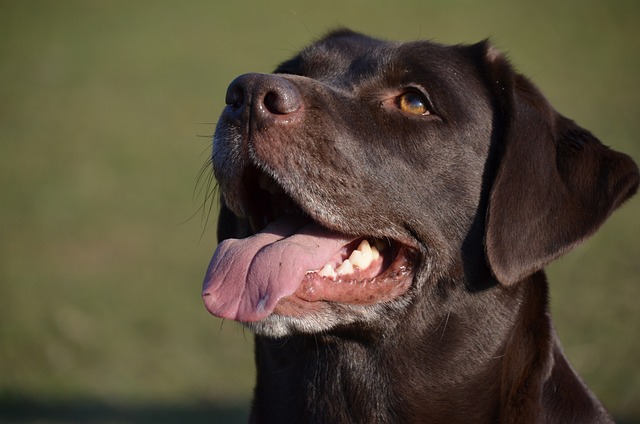
How to improve a dog’s coat condition
If you’re a new dog parent in the US—maybe you brought home a fluffy Golden Retriever puppy from a shelter in California or a sleek Greyhound from a breeder in New York
You might catch your dog gnawing at their paw nonstop, or notice red, swollen skin between their toes when you wipe their feet after a walk—and that’s your first clue something’s off. Toe rashes in dogs are common, often from allergies, moisture, or irritants, but treating them right means balancing at-home care with knowing when to call a vet. In places like Sweden or Colorado, using unapproved pet meds can violate animal welfare laws, so sticking to safe, vet-backed steps is key.
Start with a gentle clean to soothe the area. Mix warm water with a tiny bit of pet-safe antiseptic (like chlorhexidine, which vets across the EU and US recommend) and dip a soft cloth in it. Gently pat the rash between their toes—don’t rub, since that can irritate sensitive skin. For dogs who hate having their paws touched, try giving them a favorite chew toy during the process to keep them calm; this uses positive distraction, a trick many dog trainers swear by for stressful tasks.
 After cleaning, dry the area thoroughly—moisture makes rashes worse, especially if your dog has been walking in rain or wet grass. Use a clean towel to pat between each toe, and if the rash is mild, you can apply a thin layer of vet-approved antifungal or antibacterial ointment. Avoid over-the-counter human creams like hydrocortisone unless your vet says it’s okay; some have ingredients that are toxic if your dog licks them off, which could lead to health risks (and legal trouble if you ignore pet medication rules).
After cleaning, dry the area thoroughly—moisture makes rashes worse, especially if your dog has been walking in rain or wet grass. Use a clean towel to pat between each toe, and if the rash is mild, you can apply a thin layer of vet-approved antifungal or antibacterial ointment. Avoid over-the-counter human creams like hydrocortisone unless your vet says it’s okay; some have ingredients that are toxic if your dog licks them off, which could lead to health risks (and legal trouble if you ignore pet medication rules).
Keep your dog from licking the rash—this is where a soft cone or paw cover (like breathable “booties” sold at pet stores) comes in. Licking spreads bacteria and slows healing, so even if your pup hates the cone, it’s a temporary must. In cities like London or Chicago, where sidewalks can have salt or chemicals in winter, booties also protect healing paws from further irritation—plus, they’re a simple way to prevent future rashes.
Watch for signs the rash is getting worse: increased redness, oozing, a bad smell, or your dog limping. These could mean an infection that needs prescription meds, like oral antibiotics. Never wait to see a vet if these symptoms pop up—delaying treatment can turn a mild rash into a painful issue, and in some regions, neglecting a dog’s painful condition could be a violation of local animal care laws. Your vet can also test for allergies (a top cause of toe rashes) to help prevent recurrences.
By cleaning gently, keeping the area dry, and knowing when to get vet help, you’ll have your dog’s paws feeling better in no time. Prevention matters too—wipe their paws after walks, avoid tight-fitting shoes, and check between their toes regularly. This not only keeps your pup comfortable but also ensures you’re following best practices for responsible dog care, whether you’re at home or out and about.

If you’re a new dog parent in the US—maybe you brought home a fluffy Golden Retriever puppy from a shelter in California or a sleek Greyhound from a breeder in New York

If you’re a new dog parent in the US—maybe you brought home a floppy-eared Cocker Spaniel from a shelter in California or a cuddly Basset Hound from a breeder in Ohio

Dog owners often panic the first time they hear that harsh, honking cough—worried not just about their pup, but if they’re putting other dogs at risk.

If you’re a new dog parent in the US—maybe you brought home a bouncy Cocker Spaniel puppy from a shelter in Florida or a calm Basset Hound from a breeder in Ohio

If you’re a new dog parent in the US—maybe you just brought home a playful Lab puppy from a shelter in Texas or a cozy Shih Tzu from a breeder in New York

If you’re a new dog parent in the US—maybe you picked up your first pup from a shelter in Denver or a breeder in Florida—finding your dog with red